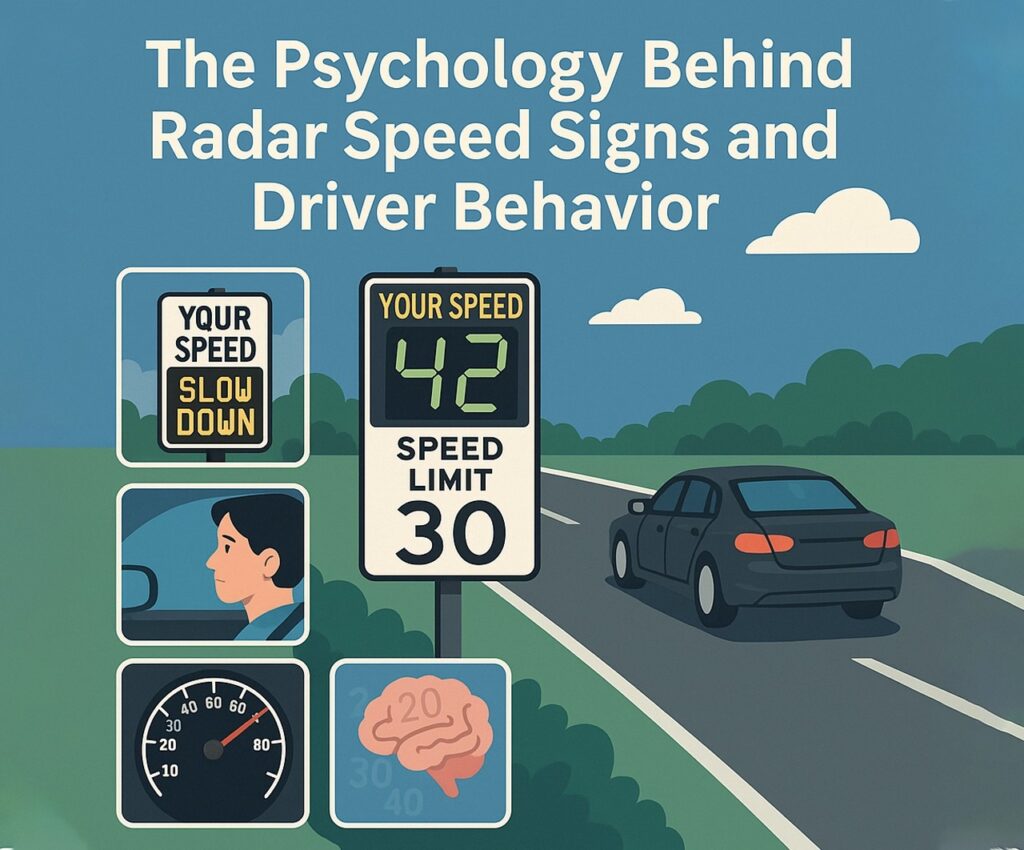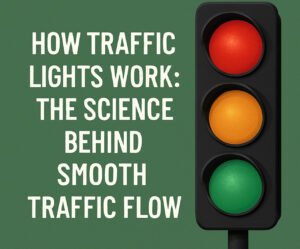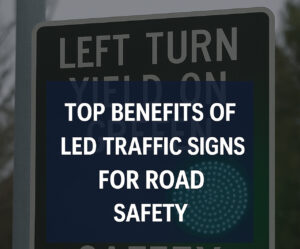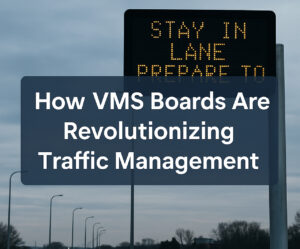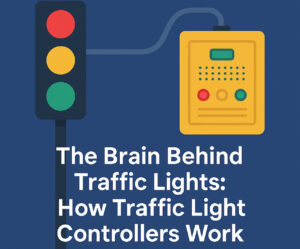Drivers don’t always respond to traditional signs—but add a flashing number to the mix, and things change. That’s the power of a radar speed sign, a speed limit sign with radar, and neighborhood radar speed signs. These digital displays are proving to be more than just high-tech gadgets. They tap into human psychology to create immediate behavioral shifts, making roads safer with just a glance. Know more..
Why Radar Speed Signs Work
What sets radar signs apart from static ones? The answer lies in human perception. A traditional sign is passive—we see it, maybe, and move on. A radar speed sign, however, gives feedback. It tells drivers exactly how fast they’re going, usually with flashing digits if they exceed the limit.
This feedback creates a “mirror effect,” showing drivers their real-time behavior. It’s harder to ignore. It also activates the brain’s response system, where people instinctively adjust when faced with immediate information. It’s not a punishment—it’s a reminder.
The Power of Real-Time Feedback
The effectiveness of a speed limit sign with radar lies in its immediacy. When drivers see their speed displayed in bright LED numbers, the impact is instant. They often slow down, even without law enforcement present. This real-time interaction taps into behavioral psychology:
- Self-regulation: People want to stay within norms when confronted with evidence of breaking them.
- Guilt induction: Seeing your speeding digits can trigger mild guilt—enough to adjust behavior.
- Peer pressure: Especially in neighborhoods, drivers feel more accountable, knowing residents might be watching.
Why It Matters in Neighborhoods
Neighborhood radar speed signs are popular because they speak directly to drivers’ conscience. People are more likely to slow down when driving through residential areas, especially if children, pets, or pedestrians are present. But these visual cues enhance that instinct. They’re effective even without a police cruiser in sight.
These signs also have a community-driven feel. Residents often request them and may contribute to their placement. This community ownership strengthens their psychological impact. Drivers don’t want to be “that person” speeding through someone’s street.
Visual Cues and Cognitive Load
Another reason radar speed signs work is due to how our brains handle visual information. Unlike a static sign, these signs break through the noise of everyday driving. The motion and changing numbers increase cognitive load just enough to grab attention—without overwhelming the driver.
Some signs even flash different colors based on speed: green if compliant, red if over. This binary feedback system adds a layer of gamification—drivers want to “win” by staying in the green zone.
Conditioning Through Repetition
Frequent exposure to a speed limit sign with radar helps build consistent habits. If you drive past a radar sign every morning and it constantly flashes red at you, you’ll likely start easing off the gas. The feedback loop becomes embedded in your driving routine.
This behavior-shaping model is based on basic psychological conditioning. Consistent stimuli (the radar sign) paired with corrective behavior (slowing down) leads to habitual change.
Long-Term Impact and Traffic Data
One of the underrated aspects of neighborhood radar speed signs is their ability to collect data. These signs often store traffic stats like average speed, volume, and peak hours. This information helps city planners and neighborhood associations make informed decisions about where to add other traffic calming measures.
Over time, patterns emerge. If speeds remain consistently low, it’s a sign the radar system is working. If not, it may highlight the need for additional enforcement or infrastructure changes like speed bumps or narrowing the road.
Different Settings, Different Results
In school zones, radar speed signs show sharp reductions in speed—especially during active school hours. The presence of children already makes most drivers cautious, but seeing their speed displayed pushes that instinct further. In contrast, on highways or high-speed roads, the effect is less dramatic but still measurable.
In commercial areas, the signs help prevent accidents with pedestrians and reduce liability for businesses. Parking lots, hospital zones, and construction areas also benefit.
Radar Signs vs. Other Calming Methods
Compared to speed bumps or physical barriers, radar signs offer a non-intrusive solution. There’s no discomfort or risk to the vehicle. Plus, the cost is often lower than repaving or reengineering streets.
That said, pairing radar signs with physical changes can create a compound effect. A radar sign placed ahead of a speed bump mentally prepares the driver to slow down before they physically have to.
The Role of Color and Design
Design psychology also plays a part. The use of bright LEDs, high-contrast backgrounds, and bold fonts all enhance visibility. Many signs also include smiley or frowny faces depending on compliance. These symbols create an emotional reaction—drivers aim to earn the smiley.
In many studies, these design elements increase effectiveness compared to text-only feedback. Visuals are universal, instantly understood, and emotionally engaging.
Ethical Persuasion vs. Enforcement
Radar speed signs are a form of “ethical persuasion.” Unlike tickets or fines, they nudge behavior without punishment. This softer approach aligns with behavioral economics, which shows people often respond better to nudges than force.
This makes them especially useful in areas where relationships matter—residential neighborhoods, school zones, or workplace parking areas.
The Future of Radar Speed Signs
Newer models are becoming smarter. They integrate with traffic management systems and cloud platforms, allowing cities to manage multiple signs remotely. Solar-powered options reduce maintenance costs. Some can even trigger alerts if a vehicle is moving dangerously fast.
As urban spaces become more connected, radar signs may sync with other smart city tools—feeding data into larger AI-based systems that help manage congestion, emissions, and road safety.
Final Thoughts
The success of the radar speed sign, speed limit sign with radar, and neighborhood radar speed signs isn’t just in the tech—it’s in how they interact with the human mind. They catch our attention, give us instant feedback, and gently encourage better choices. That’s powerful. In a world of distracted drivers and growing traffic, anything that makes people more mindful behind the wheel is worth the investment.
If we understand the psychology behind these signs, we can place them smarter, design them better, and ultimately, build safer communities.

